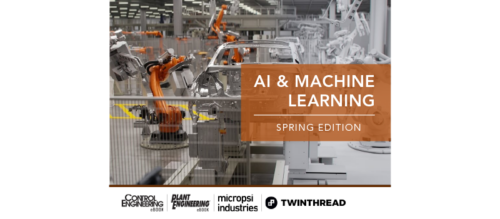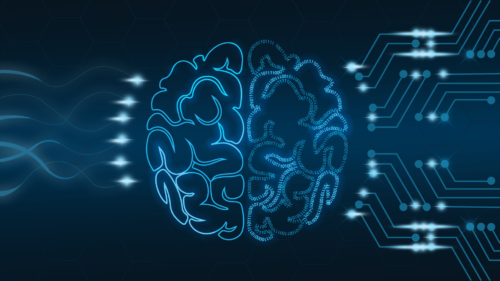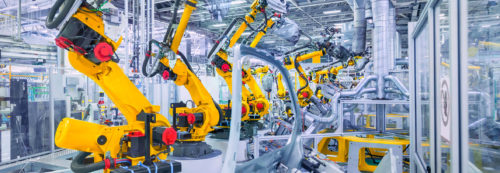Cyber-physical system developed to improve agriculture production
Researchers are developing a cyber-physical system (CPS) that improves agriculture production by constantly monitoring fields at near single-plant resolution, predicts productivity and helps farmers manage their water and fertilizer use.
After decades of growing corn and soybean yields across the Midwest’s Corn Belt, per-acre yields are approaching their theoretical limits. But there’s still a need for more grain to feed people and livestock.
Where can that grain come from? How can farmers and fields produce even more? Is there a new, sustainable way to boost productivity?
Engineers, geneticists, agronomists, system modelers and machine-learning experts at Iowa State University and the University of Nebraska-Lincoln may have found a way. They’re combining their electronics, computing and crop expertise to develop a system that will constantly monitor fields at near single-plant resolution, predict productivity and help farmers manage their water and fertilizer use.
“The idea is to combine and interact two subsystems – a cyber system and a physical system to solve problems,” said Liang Dong, the project’s leader and an Iowa State University professor of electrical and computer engineering. “We want to build a new cyber-physical system (CPS) to improve agricultural management for crop production, environmental quality and agricultural systems sustainability.”
Dong – who has developed wearable plant sensors, soil water potential sensors and plant and soil nutrient sensors – said the researchers will tie together all kinds of tools as they build and test a data-driven, real-time system: low-cost/high-performance field sensors, whole-field monitoring with sensors mounted on unmanned aerial vehicles, control systems, analytic engines, decision-making algorithms and testbeds.
The system, for example, could detect that crop plants aren’t as green as they should be and will look for causes such as a lack of water or low levels of nitrogen.
“By simultaneously detecting plant performance and diagnosing the cause, we can actuate the proper response,” the researchers wrote in a project summary.
In areas where fields are irrigated, that response could include controlled delivery of water and nitrogen fertilizer to just the areas of a field that need it. That could minimize the amount and cost of fertilizer applications while reducing the amount of fertilizer that runs off fields and feeds harmful algal blooms in rivers, lakes and the Gulf of Mexico.
The key to this new system is combining and networking many different tools.
“We have looked at developing sensor-based technological solutions to help agronomists,” Dong said. “We have designed these soil and plant sensors. This time, we’re combining different sensors, models and controls all together to explain and predict plant-soil dynamics at high and unprecedented resolution. We’re generating actionable information for decisions about the control, scheduling and application of water and fertilizer at variable rates along the center pivot of an irrigation system.”
It’s a high-tech system, sure, but it’s also a down-to-earth way to help farmers build yields and improve sustainability.
“We hope,” Dong said, “this isn’t science fiction.”
– Edited by Chris Vavra, associate editor, Control Engineering, CFE Media and Technology, cvavra@cfemedia.com.
Do you have experience and expertise with the topics mentioned in this content? You should consider contributing to our CFE Media editorial team and getting the recognition you and your company deserve. Click here to start this process.





